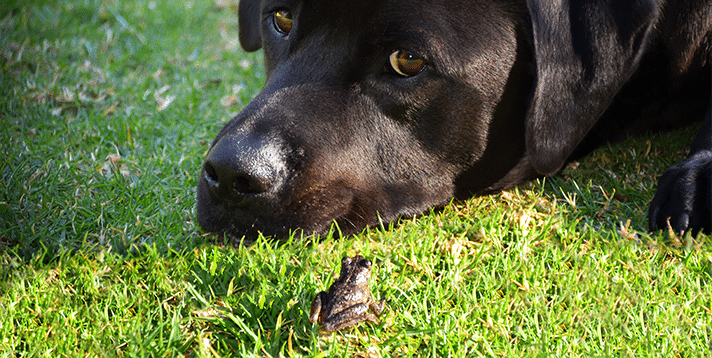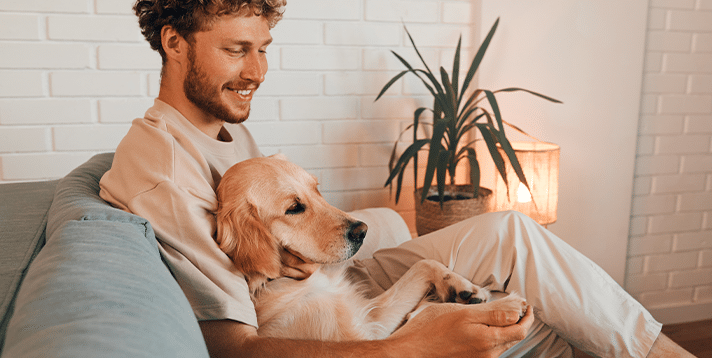Dogs are among the most beloved animals worldwide, and the Philippines is no exception. People in the country have always had a soft spot for dogs, even taking in strays that managed to capture their hearts, so it is no surprise that it is home to various dog breeds.
In this article, we will discuss the top 10 most popular dog breeds in the Philippines, including their characteristics and why they are so well-loved in the country.
Things to Consider Before Choosing a Dog Breed
Getting a dog brings a special kind of joy. Visiting the pet store to buy your new pup toys and researching the healthiest dog food available locally are some of the many exciting new tasks you’ll have as a fur parent. After all, those wagging tails and eager eyes light up homes across the world. They’re already part of the family before we even bring them home!
In the Philippines, more and more households are experiencing this happiness by adopting a furry friend. Here are some factors to consider when choosing a dog breed:
- Size and space requirements: Think about how much space you have at home. Bigger breeds need more room to move and play.
- Grooming needs: Some breeds require regular grooming due to their long hair, while others with short hair might need minimal care.
- Activity levels and temperament: Dogs vary in energy. Some are active and playful, while others are more laid-back and prefer lounging.
- Health concerns specific to certain breeds: It’s essential to research any health issues or vulnerabilities that certain breeds might have.
- Nutritional requirements: Dietary needs and restrictions typically vary between breeds, sizes, and ages. Some dogs thrive on a balanced, high-protein diet, while others might need a clean-label dry dog food alternative for sensitive stomachs or allergies.
Top 10 Most Popular Dog Breeds in the Philippines
1. Aspin (Asong Pinoy)
Aspins, or Asong Pinoy, are the most common dog breeds in the Philippines. They are a mixed breed found all over the country, from households to public spaces like streets, open-air malls, and beaches. Aspins are known for their loyalty, intelligence, and ability to adapt to different living conditions. They are also very low-maintenance and easy to take care of.
2. Shih Tzu
The Shih Tzu is a small dog breed known for their long, flowing hair and affectionate nature. They are famous lap dogs that, true to that title, love to cuddle and be as close to their human as possible. Shih Tzus are also known for being intelligent, loyal, and easy to train. Shih Tsuz are perfect for people with allergies and asthma, as these dogs are shed very little.
3. Siberian Husky
The Siberian Husky is a medium-sized dog breed known for their striking ice-blue eyes and thick, fluffy double coats. They are incredibly active, mischievous, playful, and often loud dogs, easily making them hilarious social media sensations. As a testament to their Arctic ancestry, they prefer cooler temperatures and are one of the breeds that love bath time.
4. Chihuahua
Chihuahuas are one of the smallest dog breeds in the world and are known for their feisty personality. Despite their small size, Chihuahuas have big personalities and are full of energy. Truly the definition of small but terrible, chihuahuas are very loyal and protective of their humans, sometimes becoming aggressive to suspicious outsiders.
5. Labrador Retriever
The Labrador Retriever is one of the most famous dog breeds worldwide, including the Philippines. They are known for their friendly, outgoing personalities and ability to get along with children and other animals. Labrador Retrievers are also very intelligent and easy to train. However, this breed typically has high energy levels, so extra exercise is a must!
6. Beagle
Beagles are a medium-sized dog breed known for their excellent sense of smell, often used as hunting dogs in the past. Despite their often boisterous personalities, beagles are also known for being outgoing and easy to care for. Beagles also have huge appetites for their size and tend to become overweight, so provide them with a balanced high-protein diet to help them build muscle and sustain the active lifestyle they were built for.
7. Golden Retriever
The golden retriever is a large dog breed known for its beautiful golden coat and friendly personality. Because of their intelligence and loyalty, golden retrievers are often trained as service dogs. Their playful but gentle nature makes golden retrievers great pets for households with young children. In fact, their mouths are soft enough to hold an egg intact!
8. Poodle
Poodles are a popular dog breed in the Philippines because of their hypoallergenic curly coats and their high intelligence. They come in different sizes, including standard, miniature, and toy. Despite their initial wariness, poodles are a loyal breed. They tend to be very overprotective of their humans, especially the younger household members.
9. Dachshund
Dachshunds, more funnily known as wiener dogs, are small to medium-sized dogs known for their long, sausage-like bodies. Their short legs keep them close to the ground, making it easy to track scents and hunt. These clever dogs tend to be loud, with strong barks contrasting their small stature. However, thanks to this, they make perfect guard dogs.
10. Rottweiler
Rottweilers are a large dog breed known for its protective nature. Because of their size and confidence, they are often used as guard dogs. To outsiders, their aloof exterior makes them amazing guardians. But rottweilers tend to be calm, affectionate, and loyal to their owners.
Key Takeaways from the Top 10 Most Popular Dog Breeds in the Philippines
Several dog breeds are popular in the Philippines for various reasons, from financial capacity to climate to household situations. Each breed has unique characteristics and personalities that can fit different lifestyles, families, activity levels, and overall preferences.
Whether you prefer a small, medium, or large dog, a service or guard dog, or a show or lap dog, there’s a breed that perfectly suits your needs. Research and talk to breeders or pet experts before adopting a dog. This way, you can welcome them into your family and introduce them to a new and exciting life filled with the love and care they deserve.
Remember that adopting or buying a dog is a huge commitment. Make sure you’re ready to take care of another sentient life. That said, having a dog of any breed is a rewarding experience that can bring much joy and companionship to your life.
Interested in more dog-related content? Subscribe to our newsletter and join our community of dog lovers on social media!











